Kitayama Cedar: the Tree of Kyoto
If someone were to ask you about the official tree of Kyoto Prefecture, you might guess that it is the pine tree, which is iconic in Japan. However, that is not the case. The official tree of Kyoto is the Japanese cedar, specifically the Kitayama cedar. This tree is native to the Kitayama area, located in the northern part of Kyoto City. If you visit Kitayama, you will be able to enjoy a beautiful forest filled with Kitayama cedar trees.
What is Kitayama Cedar?
Kitayama cedar trees are not common in the central part of Kyoto. To see them, you need to take a bus for about 30 minutes from the city center. These trees can typically be found in an area called Nakagawa, located further into the mountains from Takao in Kyoto City.
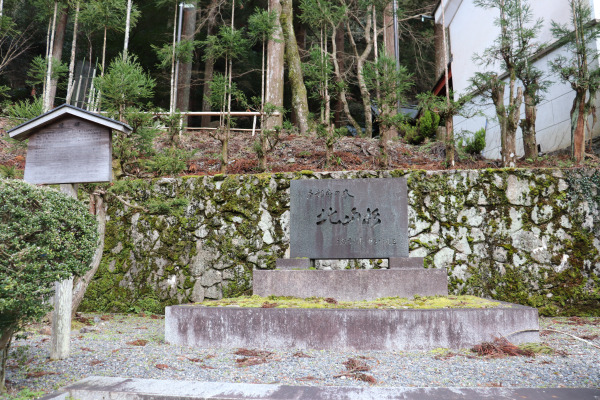
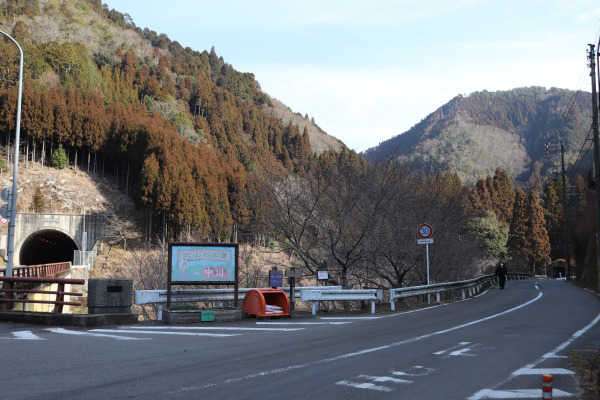
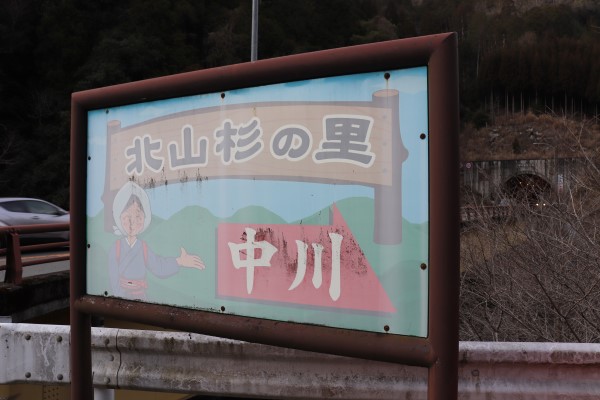
Despite its mountainous location, Nakagawa is easily accessible to Kyoto City via the Takagamine Kaido, a route traditionally used to access northern Kyoto. This road serves as a convenient shortcut, allowing travelers to reach the city center in about an hour on foot.

The use of Kitayama cedar dates back to the end of the Muromachi period when the renowned tea master Sen no Rikyu introduced the tea ceremony in Kyoto. Craftsmen carefully cultivate these cedar trees for 30 to 50 years before harvesting them. Although traditional Japanese-style houses are becoming increasingly rare with declining demand, you can still find them in some temples and tea rooms.
Kitayama cedars are cultivated in various ways. Some growers train a single cedar to grow straight using traditional methods, while others use a technique called daisugi, where multiple trees grow from a single trunk. This approach promotes efficient growth and sustainability, as cutting down one tree leaves several others intact, ensuring a continuous yield.

The logs taken from Kitayama cedars are then turned into Migaki Maruta and Shibori Maruta.
Migaki Maruta and Shibori Maruta
Two primary types of lumber come from Kitayama cedar: Migaki Maruta and Shibori Maruta.

Migaki Maruta, meaning “polished logs,” refers to logs that have been peeled and polished for a smooth surface. They feel incredibly pleasant and possess a sleek texture.
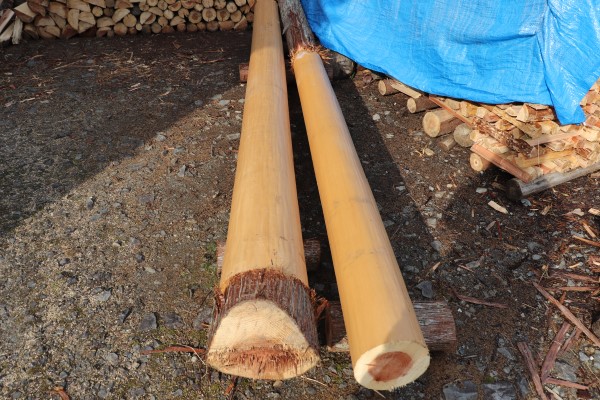
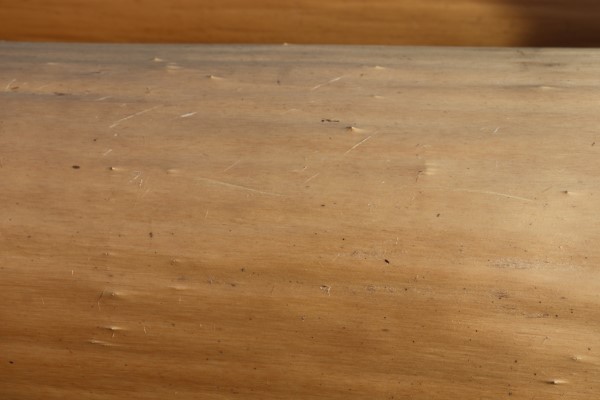
Shibori Maruta, on the other hand, features bumps on its surface. Most Shibori Maruta is artificially created; these bumps are formed by wrapping a material known as ohashi around the tree several years before it is harvested.
Japanese people appreciate imperfections, so perhaps these bumpy, natural irregularities align with their perception of nature.
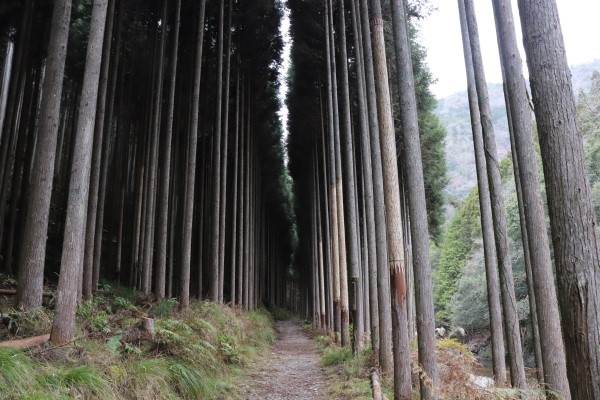
Some Shibori Maruta occur in nature, but you can rarely find them on the market. While artificial versions can be expensive, natural Shibori Maruta are particularly costly because growers produce them only through grafting. This limited supply means some logs can cost several thousand dollars.

*We appreciate the lumberjacks in Keihoku in Kyoto for letting us take photos and giving us such wonderful explanations.
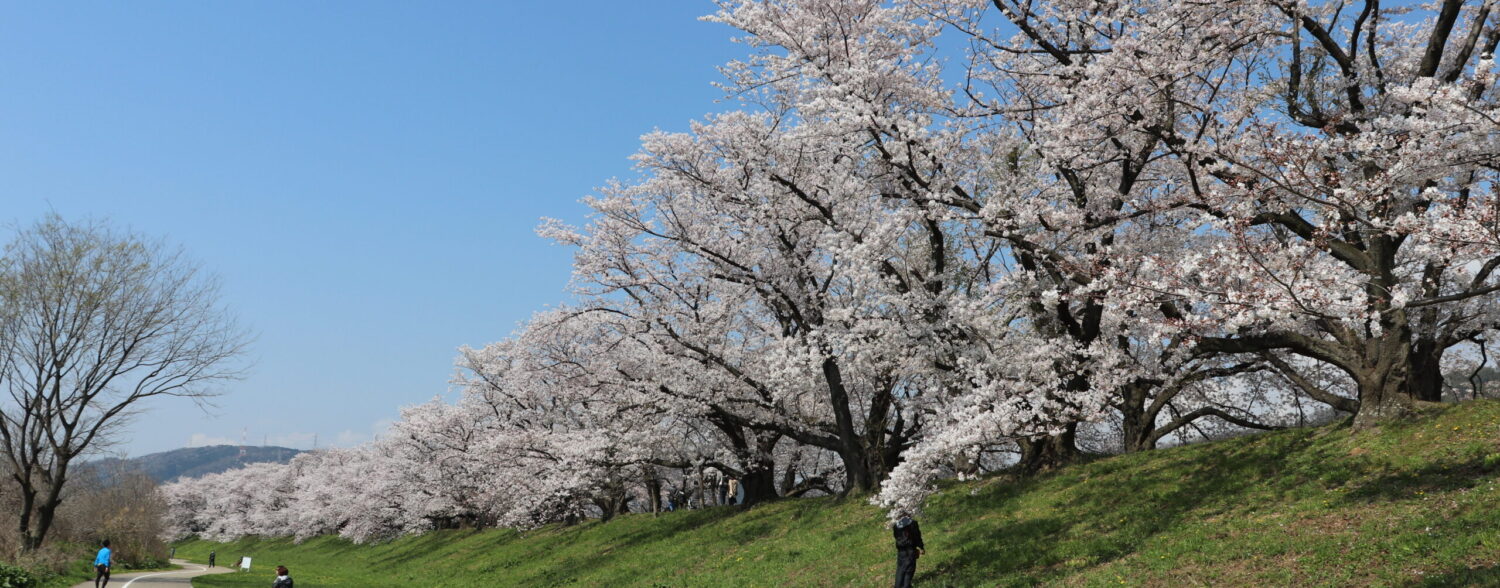
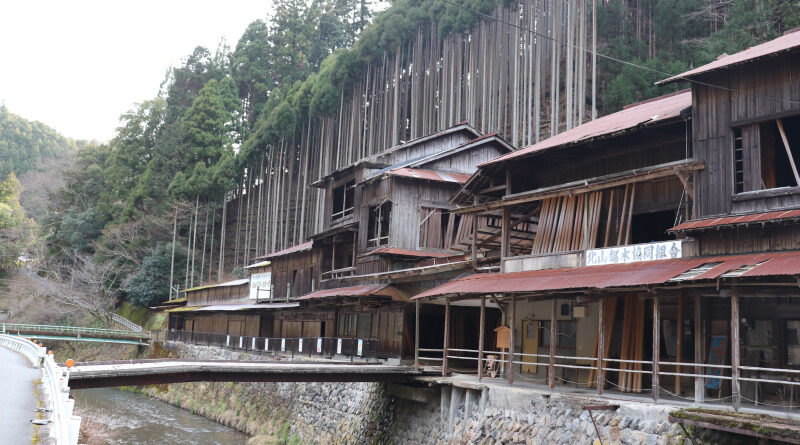
Leave a Reply